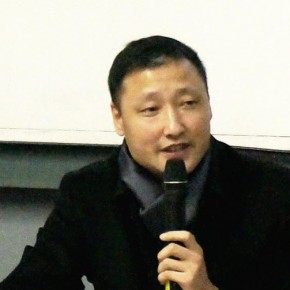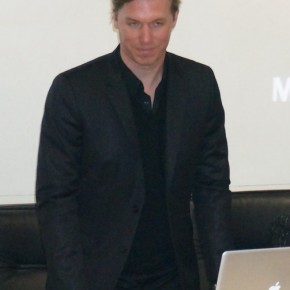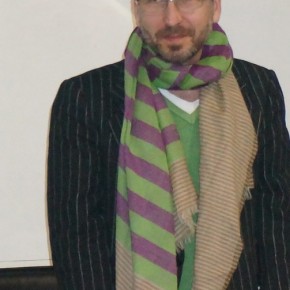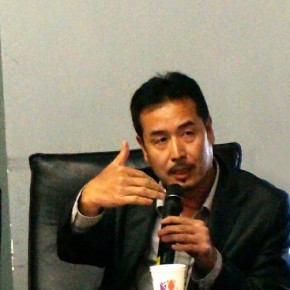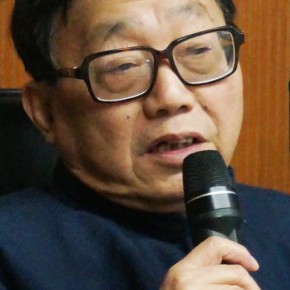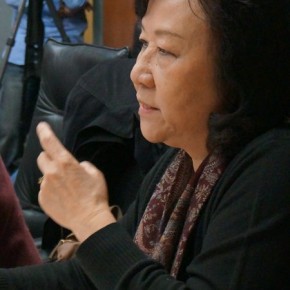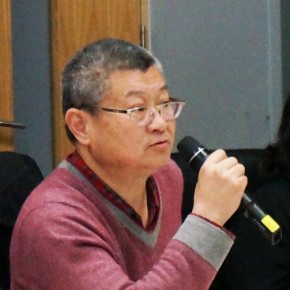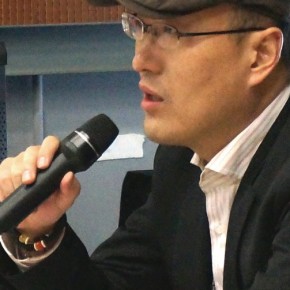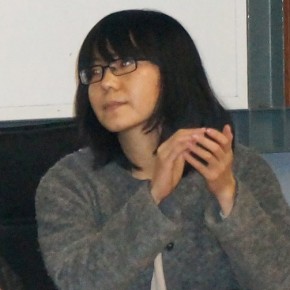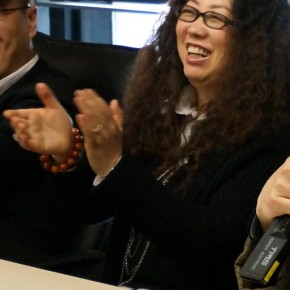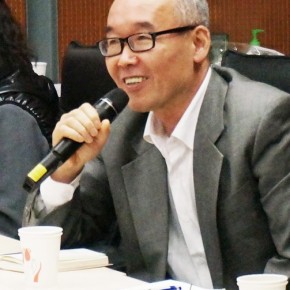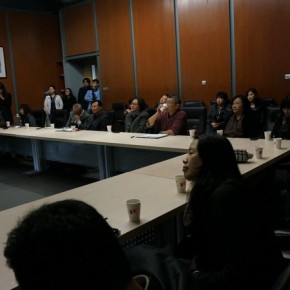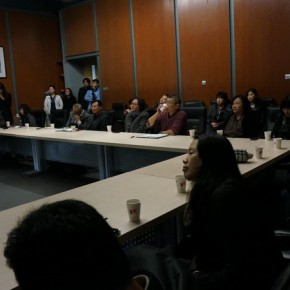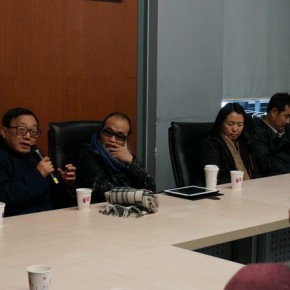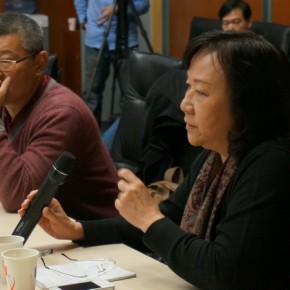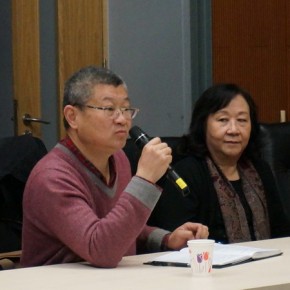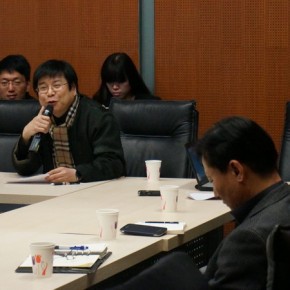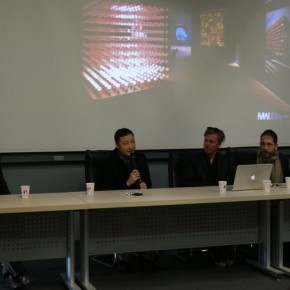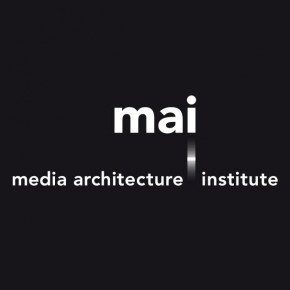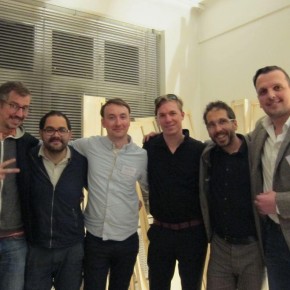
The School of Architecture, CAFA, launched a 15-day joint studio course in the School of Architecture from March 28 through April 12, 2013, in cooperation with MAI(Media Architecture Institute), and 40 students of the school participated in it. At the same time, a “Media Architecture” forum was organized on March 3.
The forum was held on the 7th floor Conference Room of Building 7, CAFA, at 13:30 on April 3, presided over by Prof. Chang Zhigang, Vice President of the School of Architecture, CAFA, the guests including the teachers of the studio courses - three core members of MAI( Media Architecture Institute), Dr. M. Hank Haeusler, Dr. Gernot Tscherteu, and Dr. Martin Tomitsch, in addition, Prof. Xu Bing, Vice President of CAFA, Prof. Zhang Baowei, Prof. Zhang Qiman, Prof. Rong An and Prof. Cheng Qiming, from the School of Architecture, Prof. Wang Zhong and Professor Huang Jiancheng from the School of Urban Design, Ye Jun, general manager of the Zero-state Space, Tang Guoqing, general manager of Samsung LED China, Ding Ping, Chairman of LDPI, and Chen Hantong, Chairman of Beijing Europe all presented.
Three core members of the MAI, together with domestic experts, introduced the domestic and foreign media architecture and related trends to the audience, discussing and talking about the development of Chinese media architecture and related disciplines and industry trends in the future.
Media architecture is a new architectural form of combination of building skin and digital media image, to some extent, it can be seen as an art installation with technological properties, in addition to architectural professionals, it includes various fields such as visual communication, advertising planning, video art, media animation, installation art, experimental art, digital intelligence, semiconductor lighting, green energy.
Media architecture has emerged in no more than ten years, but in the current visual world, the trend of media architecture has been a powerful force, which not only changes the urban landscape, but also changes the concept, knowledge and understanding of the architecture, landscape and city of the future, and even the life style of people living in the cities.
Ye Jun introduced the domestic media architectural exploration and specific projects.
As an extension, Chang Zhigang put forward his view of media architecture, and the concept of “Trilogy of Light and Colors”, reflection of the development and revolution of the concept of “light and color” in Western painting, from the perspective of architecture, to conceive that media architecture may subvert the traditional concept of art categories such as architecture, visual art, and so on, opens a new era of visual art based on architectures and cities.
Subsequently, Chang said the School of Architecture would plan an exhibition of media architecture next May or June, in cooperation with MAI.
In the final part of free discussion, Prof. Zhang Baowei had an exchange with Ye Jun on the cost of media architecture: it was certain that the use of media facade increases the construction cost, but with the development of technology, the use of new materials, the cost can be gradually reduced.
Prof. Zhang Qiman referred to the Luoyang Imperial Restoration Project which was implemented, she believed that media architecture are not only urban landscapes and architecture, but also a means used in restoring cultural objects and the design of tourism projects.
Rong An, Cheng Qiming, Wang Zhong, Huang Jiancheng, Hank, Tang Guoqing, Ding Ping, Chen Hantong and so on, had a more specific exchange and dialogue on the perspectives of the cost of media architecture, promotion and application of science and technology, and the evolution of the concept, etc., using classic cases as well their personal project experiences as examples.
Journalist: Zhang Nuoran/CAFA ART INFO
Translated by Chen Peihua and edited by Sue/CAFA ART INFO


